Category: Mushrooms
-
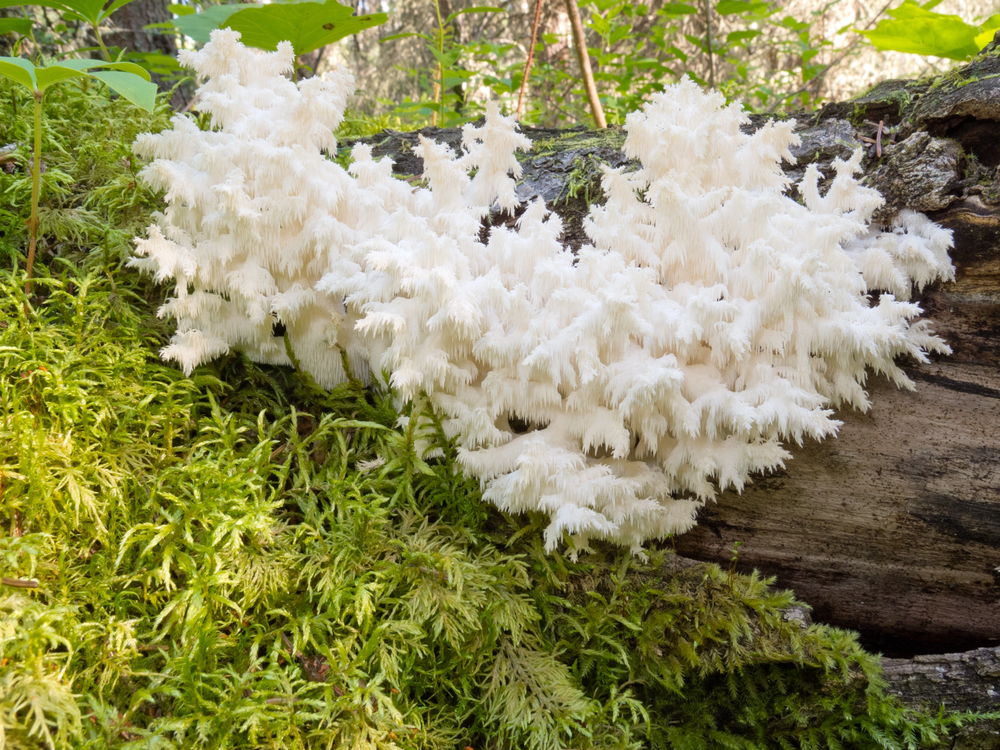
Bear’s Head Tooth: Key Features for Proper Identification
The fascinating Bear’s Head Tooth mushroom (Hericium americanum) stands as one of nature’s most distinctive fungi, presenting foragers with both opportunity and challenge in proper identification. Its cascading…
-
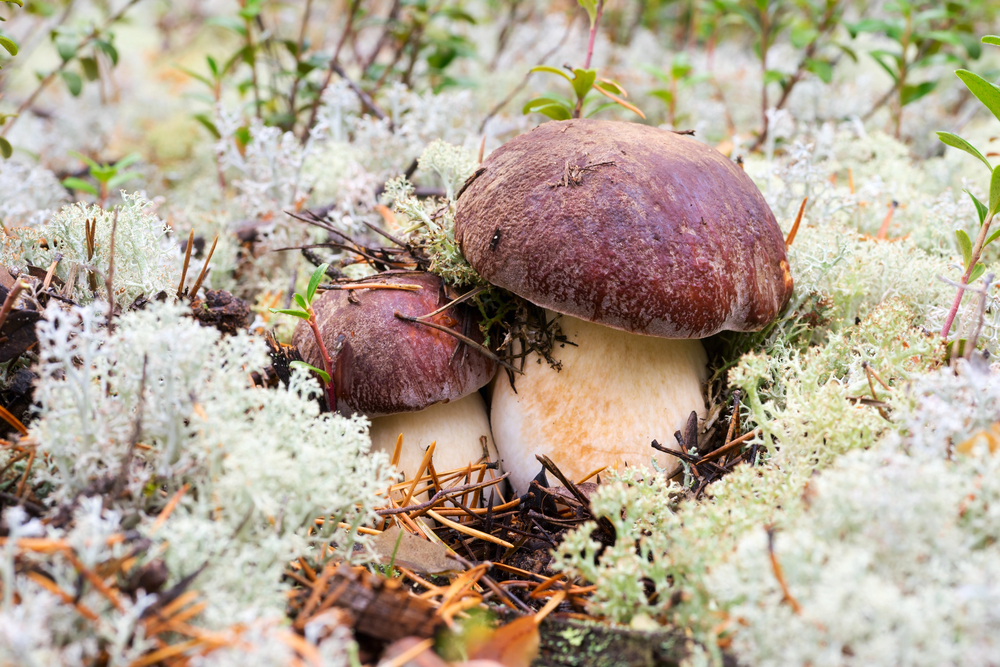
Wine Cap Mushroom: Growing and Identification
Wine Cap mushrooms offer an intriguing blend of accessibility and mystique in the realm of mycology. These distinctive fungi, with their rich burgundy caps and robust white stems,…
-
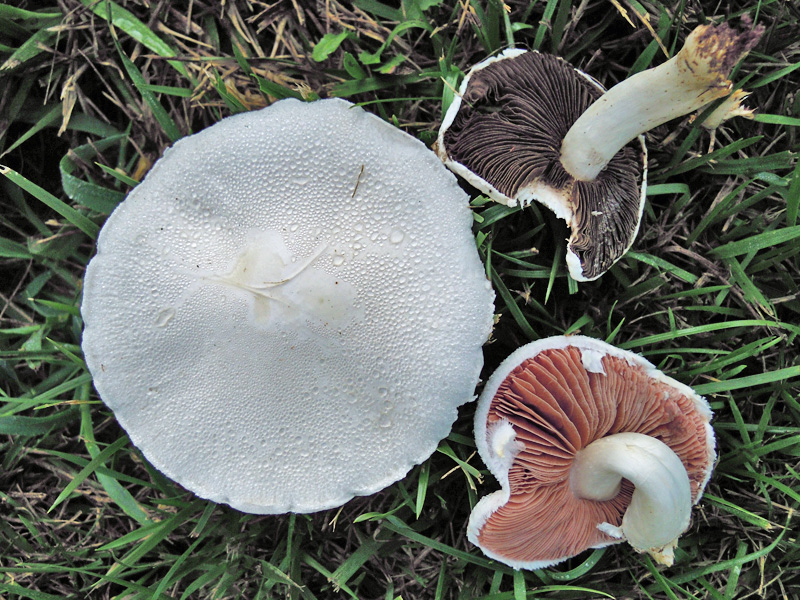
Meadow Mushroom Identification Guide
Proper identification of Meadow Mushrooms is importnat for safe foraging and cooking. Their distinct cap, gills, and stem characteristics help distinguish them from toxic lookalikes. Understanding these features…
-
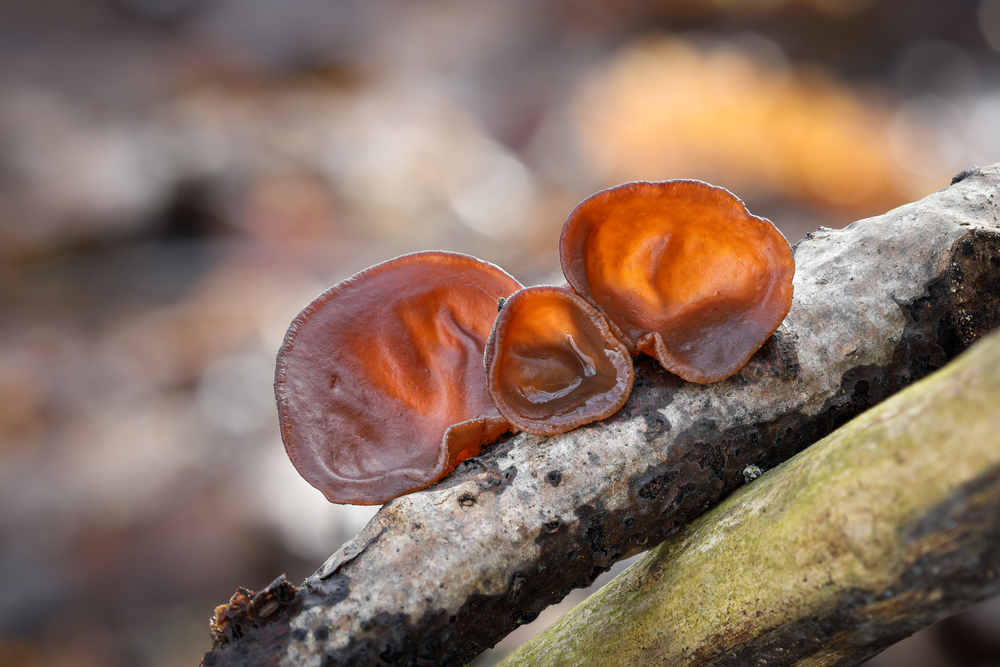
Wood Ear Identification on Dead Trees
The identification of wood ear mushrooms on dead trees is an essential skill for both mycologists and enthusiasts interested in fungal ecology. Recognizable by their distinct ear-like shapes…
-
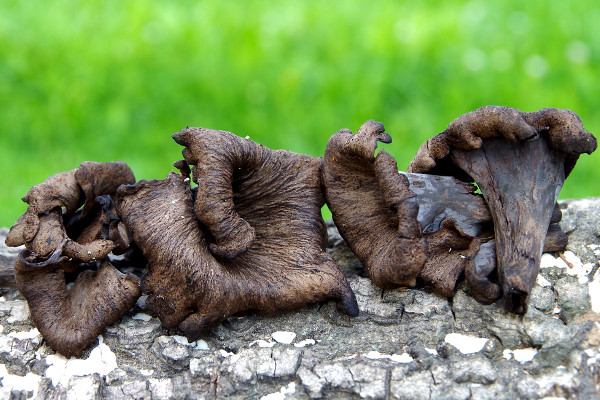
Black Trumpet Hunting: How to Spot these Elusive Mushrooms?
Black trumpet mushrooms, prized for their flavor, require careful foraging in damp, shaded hardwood forests. Their dark coloring and funnel shape often blend with forest floor debris, making…
-
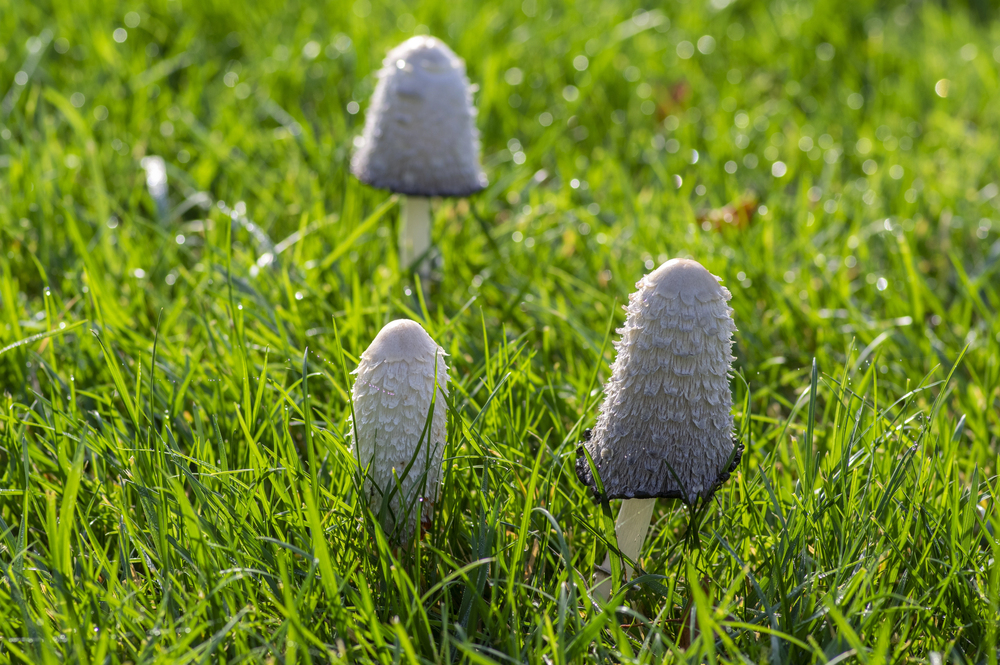
Shaggy Mane Mushroom: Key Identification Characteristics
The Shaggy Mane mushroom (Coprinus comatus) stands out with its distinctive cylindrical cap covered in shaggy scales and color-changing gills. This edible fungus is known for its unique…
-
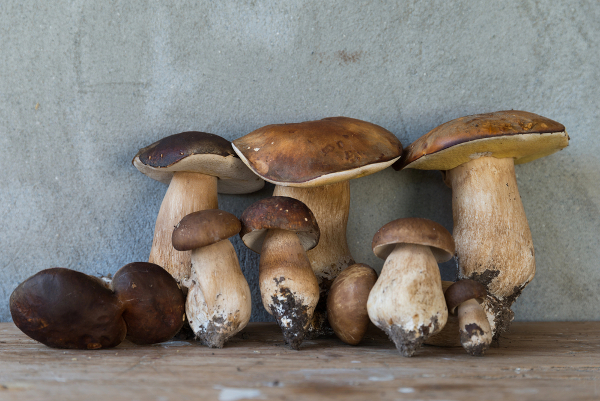
Porcini Mushroom Identification Guide
Porcini mushroom identification requires careful attention to specific features due to potential lookalikes. Safe foraging depends on understanding their habitat, physical characteristics, and proper harvesting practices. Key Takeaways…
-
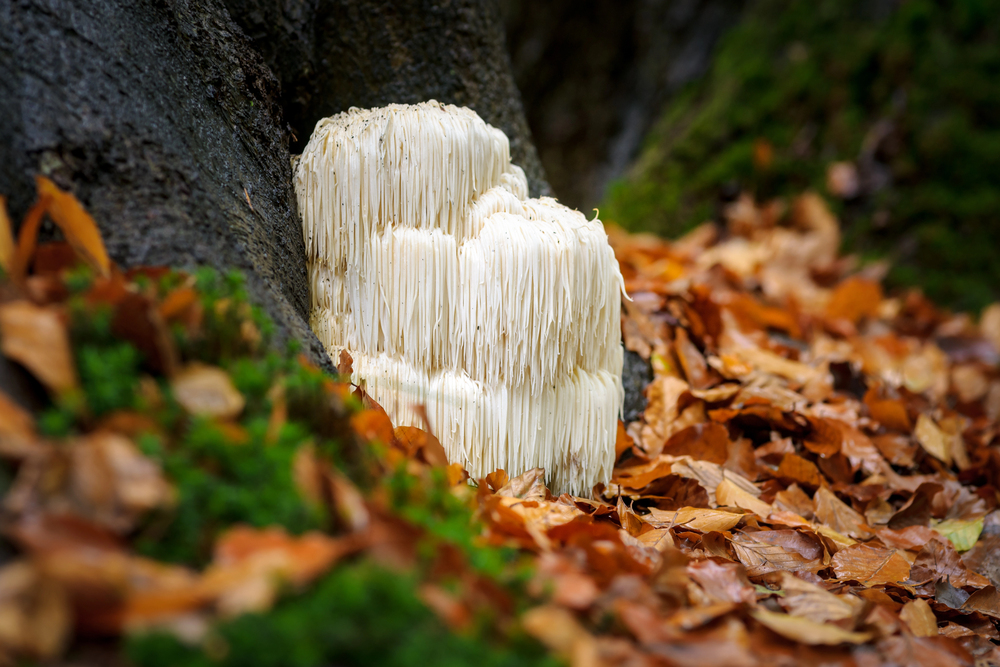
Lion’s Mane: Identifying This Distinctive Fungus
Lion’s Mane, or Hericium erinaceus, is a fascinating fungus that presents a unique challenge for both mycologists and foragers alike. Recognizable by its distinctive pom-pom shape and the…
-
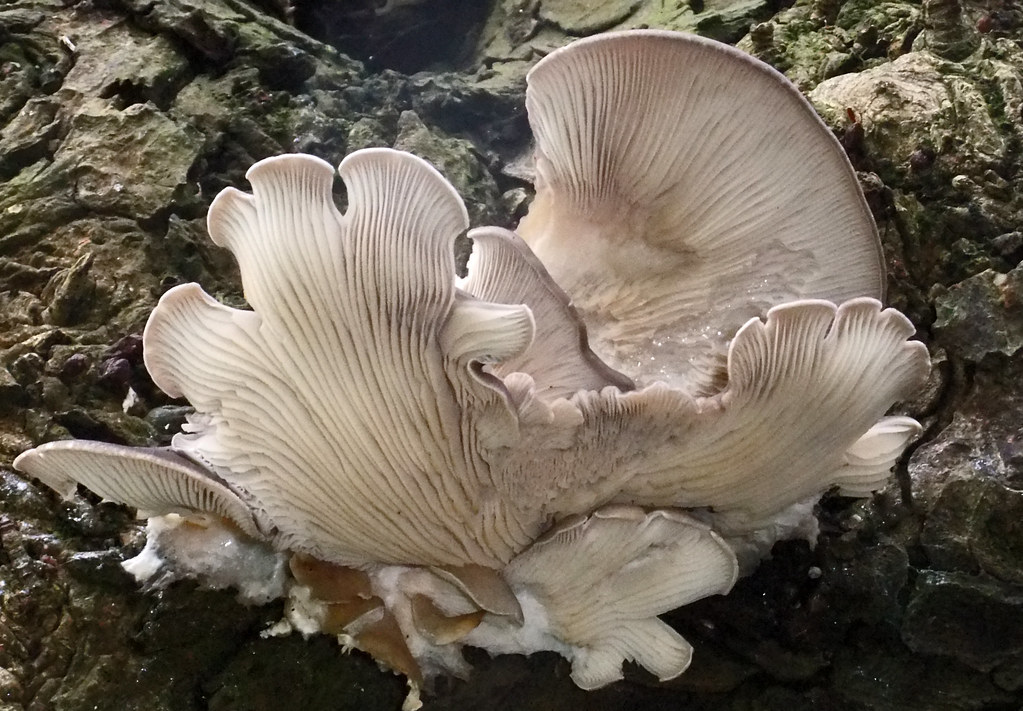
Oyster Mushroom Identification Through the Seasons
The identification of oyster mushrooms changes significantly with the seasons, necessitating an understanding of their growth patterns and key morphological traits. In the spring and fall, these fungi…
-
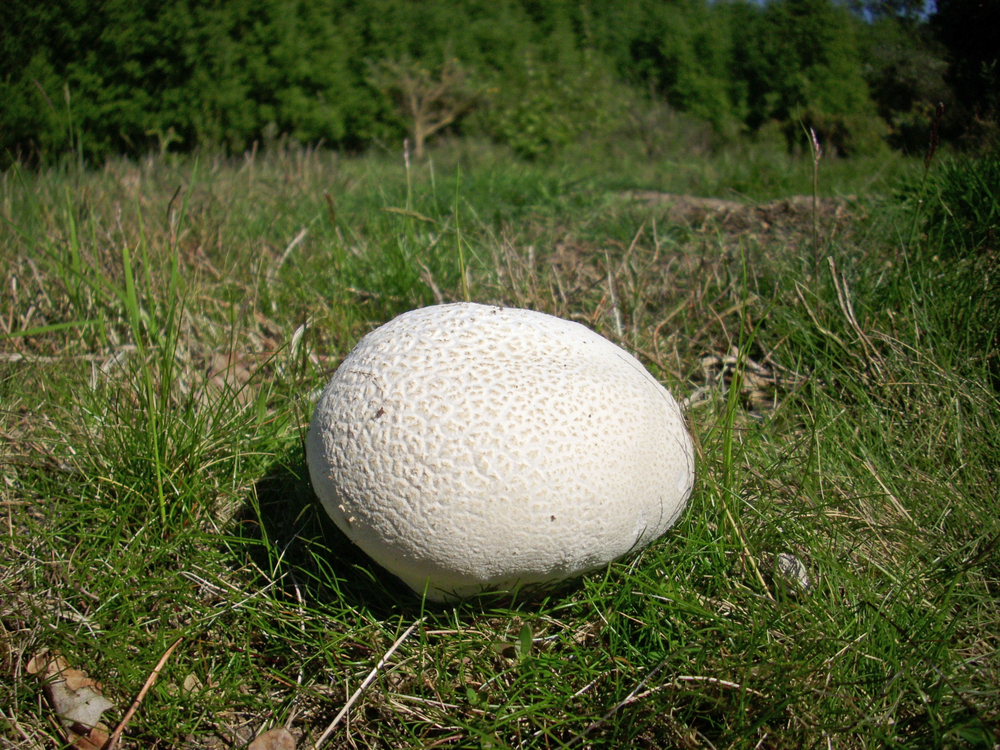
Giant Puffballs: Essential Identification Features
Giant puffballs are notable for their distinctive morphology and unique characteristics that assist in identification in diverse habitats. Their spherical or pear-shaped form, combined with a smooth, leathery…
-
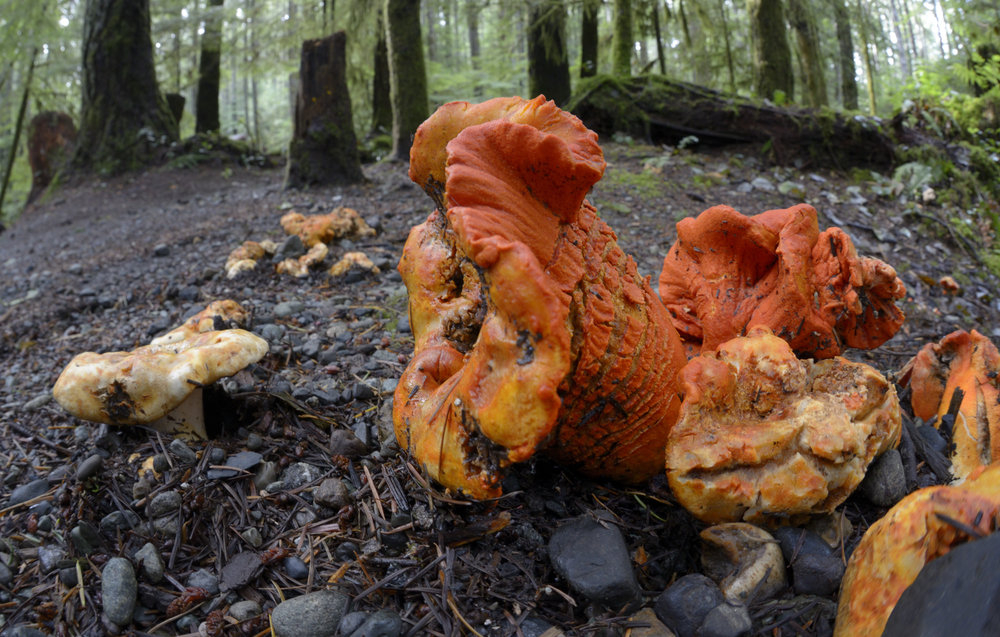
Lobster Mushroom: Identifying this Parasitic Fungus
The lobster mushroom is a parasitic fungus that transforms its host into a bright orange-red form, making it easily identifiable in the wild. This unique lifecycle, where one…
-
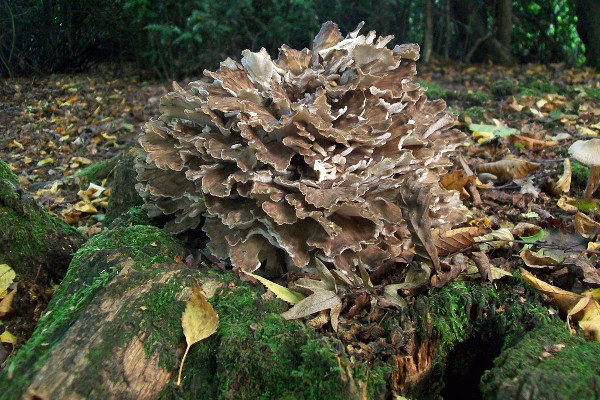
Hen of the Woods Identification: Finding and Recognizing Maitake
Maitake mushroom, prized by foragers and chefs alike, represents one of nature’s most distinctive wild edibles. This remarkable fungus, known scientifically as Grifola frondosa, emerges each autumn as…
-
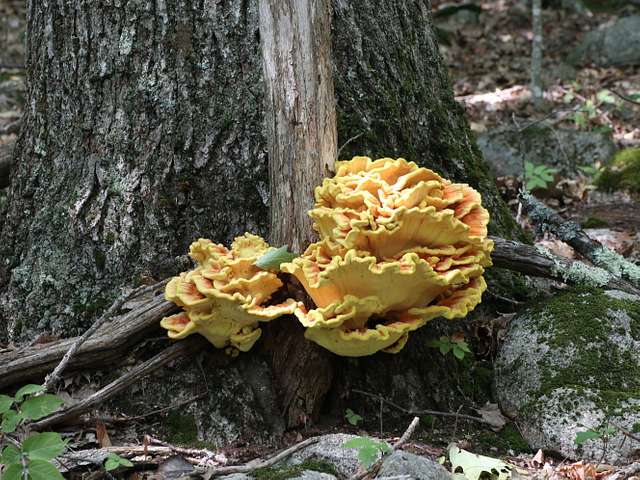
Chicken of the Woods: A Beginner’s Guide to Safe Identification
Among the most sought-after wild mushrooms, Chicken of the Woods stands out with its unmistakable bright orange-yellow shelves cascading down hardwood trees like nature’s own neon sign. While…
-
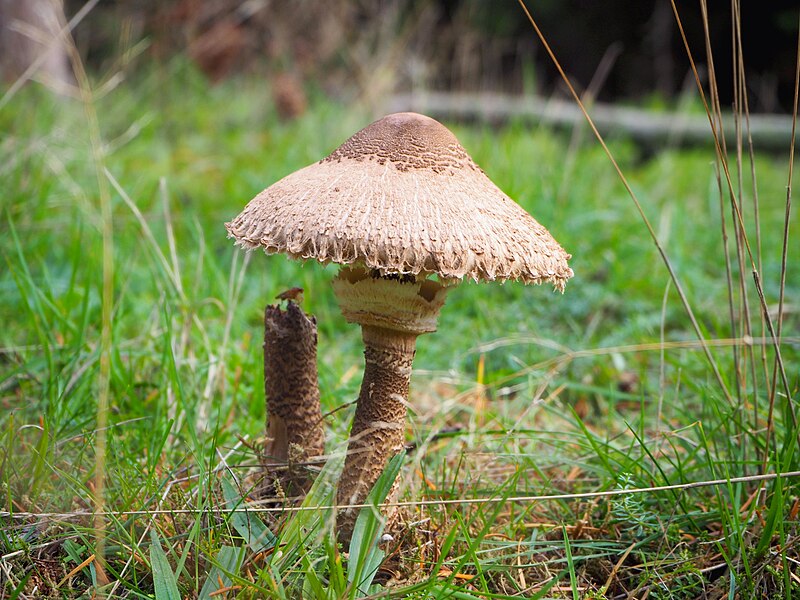
False Parasol Mushroom Identification
The false parasol mushroom presents one of the most challenging identification puzzles for both novice and experienced foragers. While its distinctive brownish scales and impressive size might tempt…
-
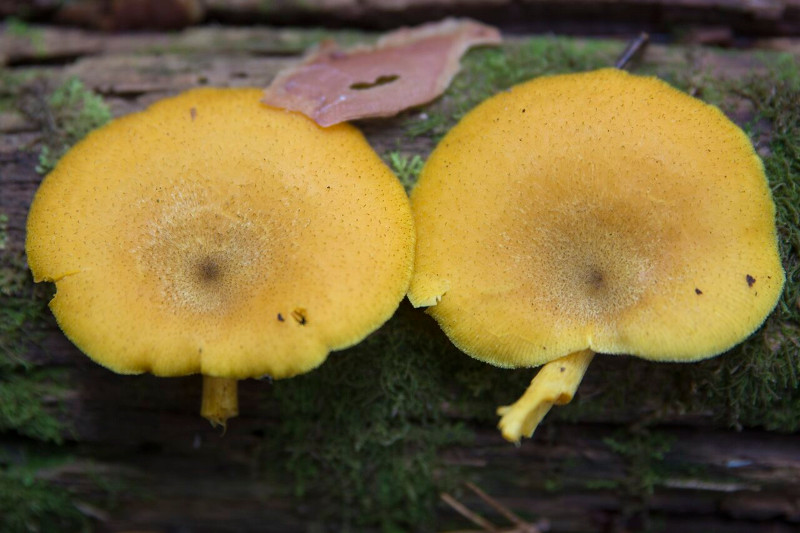
Prunes and Custard Mushroom Identification
Among the intriguing species is Tricholomopsis decora, commonly known as the Prunes and Custard mushroom, which belongs to the Tricholomataceae family. Originally described by the Swedish mycologist Elias…
-
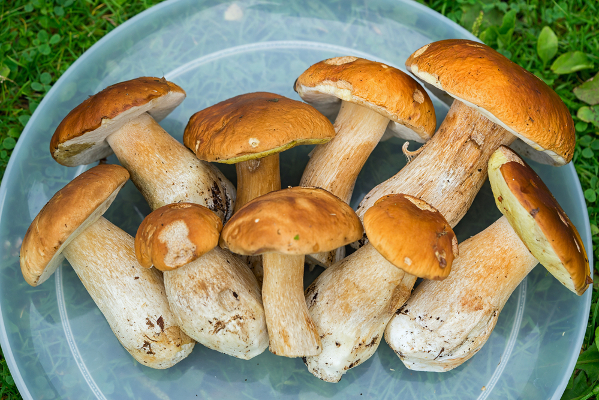
Alternatives for Porcini Mushrooms
Porcini mushrooms are known for their unique flavor and versatility, but there are several appealing alternatives for chefs and home cooks. Shiitake mushrooms offer a rich umami taste,…
-
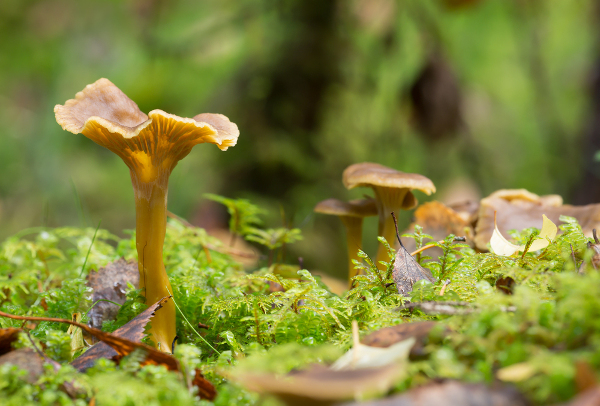
Winter Mushrooms
Winter mushrooms offer an intriguing subject, especially regarding their culinary and ecological roles. Varieties like Winter Chanterelles and Velvet Shank enhance seasonal dishes while providing essential nutrients in…
-
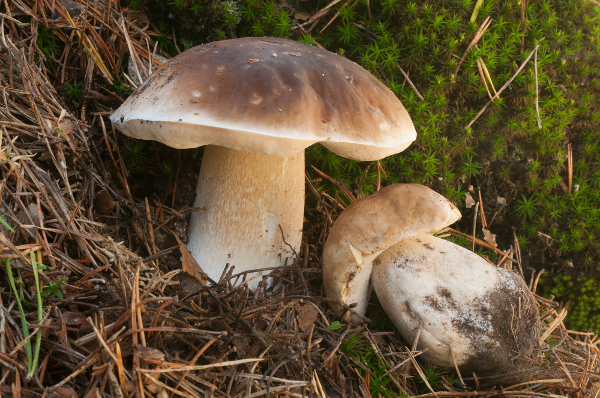
Most Popular Edible Boletus Mushrooms
The world of edible Boletus mushrooms offers a rich variety of flavors and textures that can elevate culinary experiences. Boletus Edulis is renowned for its robust taste, while…
-
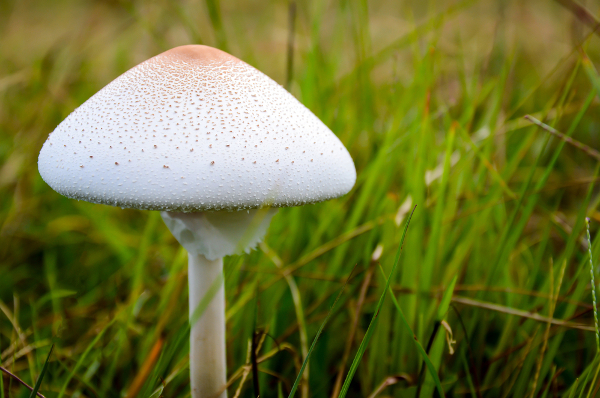
Parasol Mushroom Look Alikes
Foraging for edible Parasol Mushrooms requires careful attention to their potential look-alikes, including the Shaggy parasol, False parasol, and certain Lepiota species, which can be toxic. Accurate identification…
-
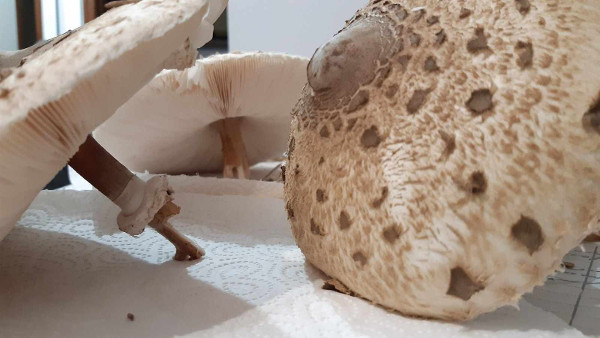
How to Identify a Parasol Mushroom?
To identify a Parasol Mushroom (Macrolepiota procera), examine the cap with concentric brown scales, loose white to pale cream gills, a tall stem with a moveable ring, and…
-
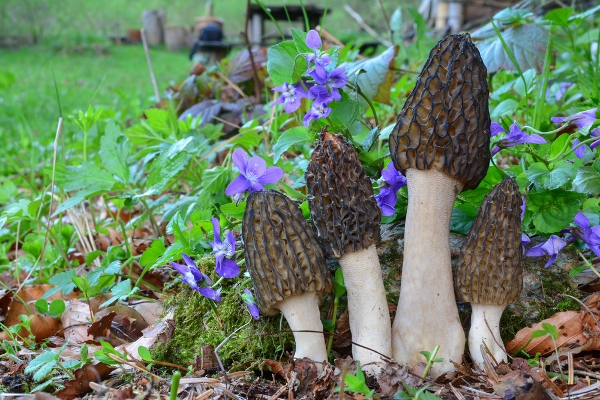
How to Identify Morels? – Morel Mushrooms Identifying
Foraging for wild mushrooms offers the unique allure of Morels, prized for their distinctive appearance and culinary value. Identifying Morels requires attention to detail, noting the intricate honeycomb…
-
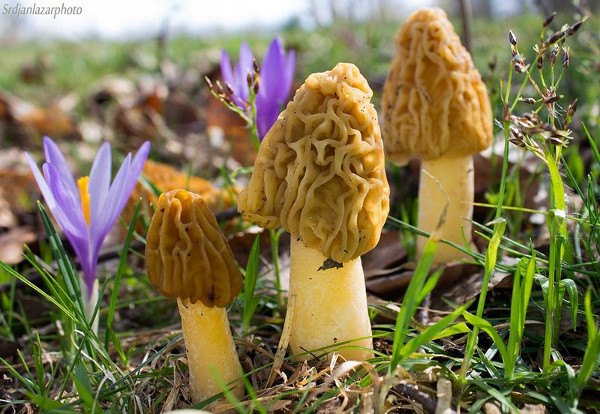
Real Morels vs False Morels
Distinguishing between real morels and false morels is a significant task for enthusiasts and foragers exploring the realm of fungi. The differences between these species go beyond appearances,…
-

King Bolete Identification
In mycology, identifying King Boletes requires a keen eye for detail and a thorough understanding of their distinguishing features. The physical characteristics of these majestic fungi provide clues…
-
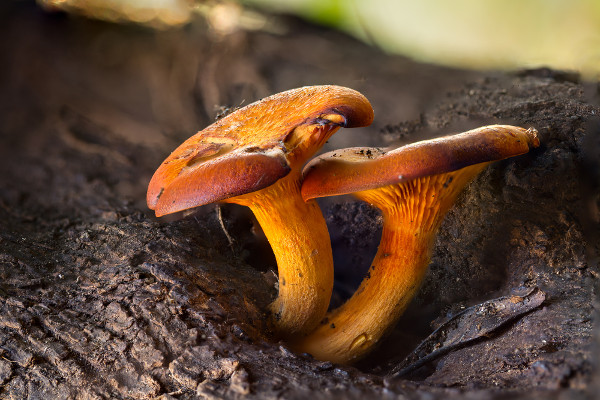
Jack O’Lantern Mushroom Identification
Jack O’Lantern mushrooms, with their unique appearance and bioluminescence, captivate both novice foragers and experienced mycologists. Identifying these fungi involves more than just visual cues, requiring a keen…
-
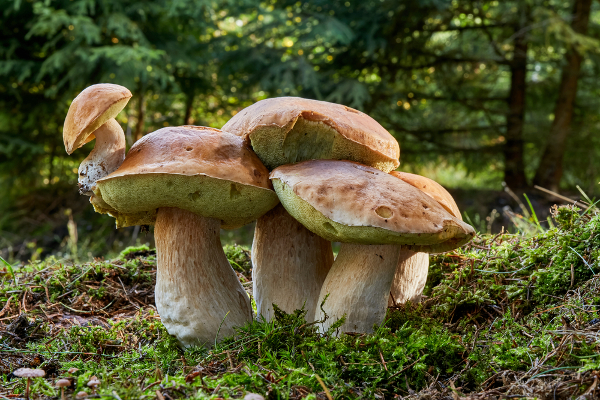
King Bolete Look Alikes
When foraging for King Bolete mushrooms, watch out for their look-alikes. The False King Bolete has a reddish-brown cap and blue bruising. The Bitter Bolete additionally sports a…
-
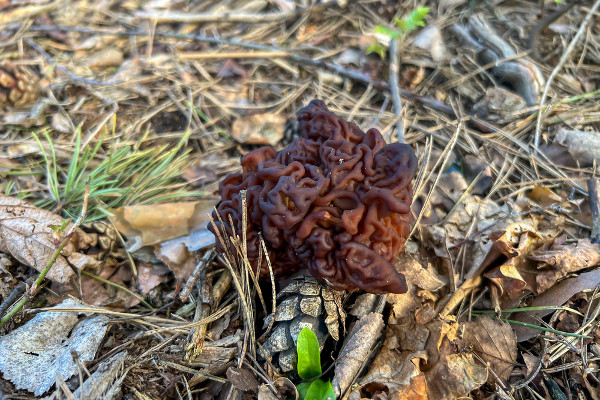
Mushrooms that look like Morels
Mycology is complex, with mushrooms like the False Morel and Brain Mushroom closely resembling the coveted Morels. Distinguishing between these look-alike fungi is important, as some can be…
-

Types of Chanterelle Mushrooms
The world of Chanterelle mushrooms is diverse and captivating, with each species offering unique characteristics and flavors. From the golden Yellow Chanterelle with its fruity aroma to the…
-
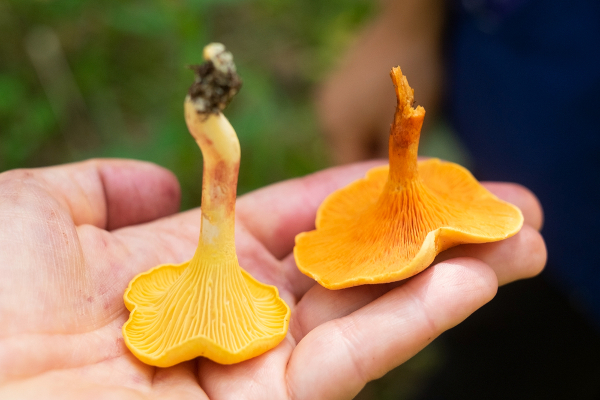
Mushrooms that Look Like Chanterelles
In mycology, the resemblance of certain mushrooms to chanterelles like Omphalotus olearius and Hygrophoropsis aurantiaca can lead to dangerous misidentifications. It is important for foragers to differentiate between…
-

How to Identify Chanterelle Mushrooms?
Identifying wild chanterelles demands a precise understanding of their distinctive characteristics, as mistaking these prized edible mushrooms for toxic look-alikes can lead to serious consequences. While experienced foragers…
